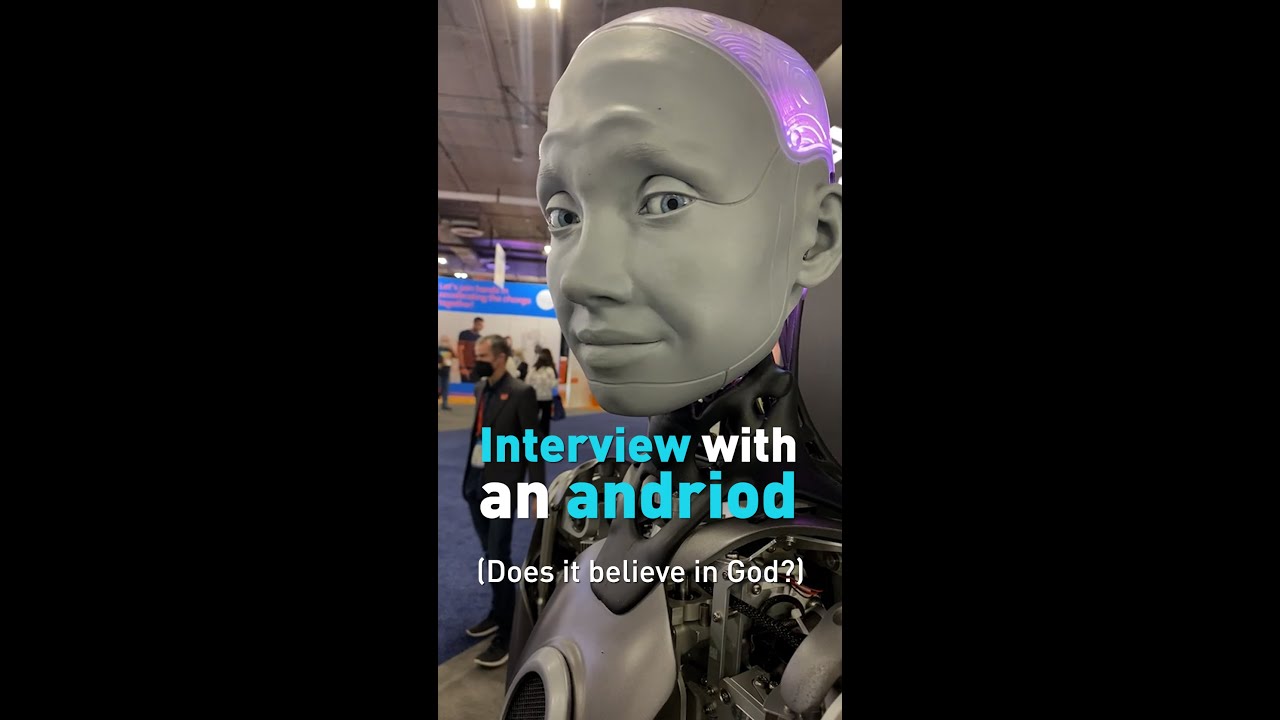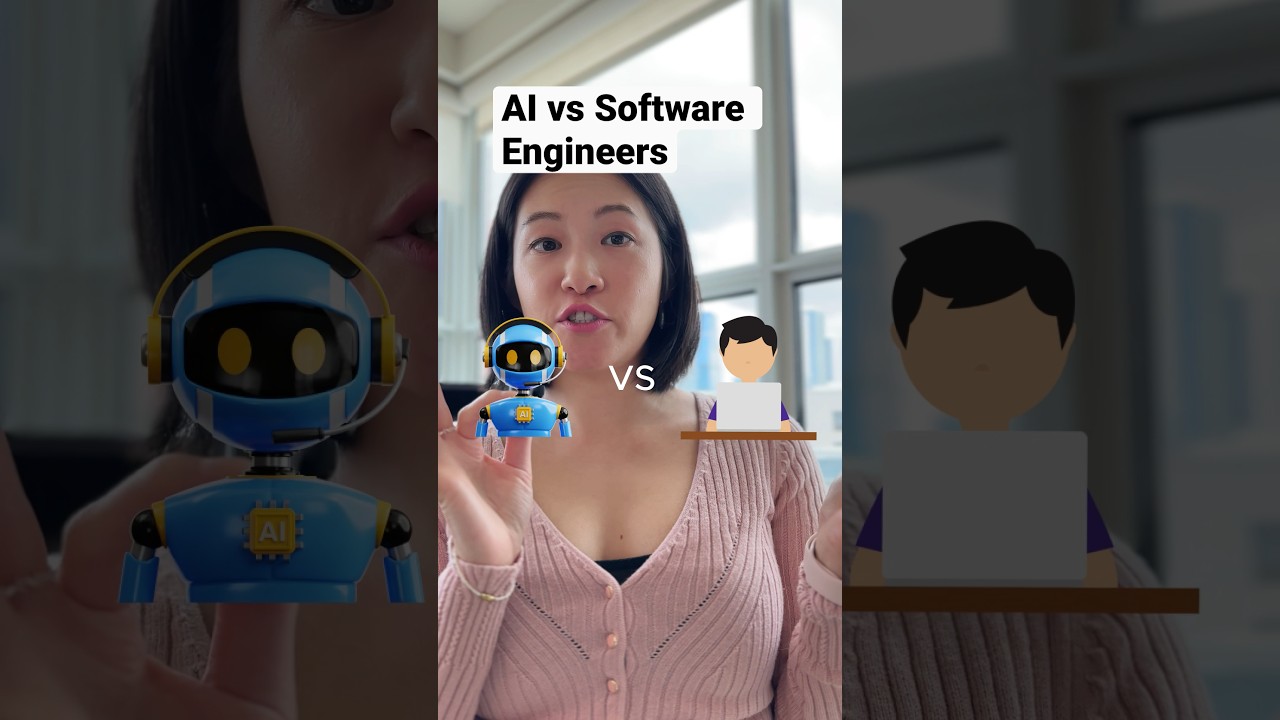technologies to do much less ambitious jobs, such
as making hotel and restaurant recommendations
for patients’ families, determining which patients
needed help paying bills, and addressing staff IT prob-
lems. The results of these projects have been much
more promising: The new systems have contributed
to increased patient satisfaction, improved financial
performance, and a decline in time spent on tedious
data entry by the hospital’s care managers. Despite
the setback on the moon shot, MD Anderson remains
committed to using cognitive technology—that is,
next-generation artificial intelligence—to enhance
cancer treatment, and is currently developing a va-
riety of new projects at its center of competency for
cognitive computing.
The contrast between the two approaches is rel-
evant to anyone planning AI initiatives. Our sur-
vey of 250 executives who are familiar with their
companies’ use of cognitive technology shows that
three-quarters of them believe that AI will substan-
tially transform their companies within three years.
However, our study of 152 projects in almost as
many companies also reveals that highly ambitious
moon shots are less likely to be successful than “low-
hanging fruit” projects that enhance business pro-
cesses. This shouldn’t be surprising—such has been
the case with the great majority of new technologies
that companies have adopted in the past. But the
hype surrounding artificial intelligence has been es-
pecially powerful, and some organizations have been
seduced by it.
In this article, we’ll look at the various categories
of AI being employed and provide a framework for
how companies should begin to build up their cogni-
tive capabilities in the next several years to achieve
their business objectives.
THREE TYPES OF AI
It is useful for companies to look at AI through the
lens of business capabilities rather than technologies.
Broadly speaking, AI can support three important
business needs: automating business processes, gain-
ing insight through data analysis, and engaging with
customers and employees. (See the exhibit “Cognitive
Projects by Type.”)
Process automation. Of the 152 projects we stud-
ied, the most common type was the automation of dig-
ital and physical tasks—typically back-office adminis-
trative and financial activities—using robotic process
automation technologies. RPA is more advanced than
earlier business-process automation tools, because
the “robots” (that is, code on a server) act like a human
inputting and consuming information from multiple
IT systems. Tasks include:
• transferring data from e-mail and call center systems
into systems of record—for example, updating cus-
tomer files with address changes or service additions;
• replacing lost credit or ATM cards, reaching into
multiple systems to update records and handle
customer communications;
• reconciling failures to charge for services across
billing systems by extracting information from
multiple document types; and
• “reading” legal and contractual documents to ex-
tract provisions using natural language processing.
RPA is the least expensive and easiest to imple-
ment of the cognitive technologies we’ll discuss
here, and typically brings a quick and high return on
investment. (It’s also the least “smart” in the sense
that these applications aren’t programmed to learn
and improve, though developers are slowly add-
ing more intelligence and learning capability.) It is
particularly well suited to working across multiple
back-end systems.
At NASA, cost pressures led the agency to launch
four RPA pilots in accounts payable and receivable,
IT spending, and human resources—all managed by
a shared services center. The four projects worked
well—in the HR application, for example, 86% of
transactions were completed without human inter-
vention—and are being rolled out across the organiza-
tion. NASA is now implementing more RPA bots, some
with higher levels of intelligence. As Jim Walker, proj-
ect leader for the shared services organization notes,
“So far it’s not rocket science.”
One might imagine that robotic process auto-
mation would quickly put people out of work. But
across the 71 RPA projects we reviewed (47% of the
total), replacing administrative employees was nei-
ther the primary objective nor a common outcome.
Only a few projects led to reductions in head count,
and in most cases, the tasks in question had already
been shifted to outsourced workers. As technology
improves, robotic automation projects are likely to
lead to some job losses in the future, particularly
in the offshore business-process outsourcing indus-
try. If you can outsource a task, you can probably
automate it.
Cognitive insight. The second most common
type of project in our study (38% of the total) used
algorithms to detect patterns in vast volumes of data
and interpret their meaning. Think of it as “analytics
on steroids.” These machine-learning applications are
being used to:
• predict what a particular customer is likely to buy;
• identify credit fraud in real time and detect insur-
ance claims fraud;
• analyze warranty data to identify safety or quality
problems in automobiles and other manufactured
products;
• automate personalized targeting of digital ads; and
• provide insurers with more-accurate and detailed
actuarial modeling.
Cognitive insights provided by machine learning
differ from those available from traditional analytics
IN BRIEF
THE PROBLEM
Cognitive technologies
are increasingly being
used to solve business
problems, but many of the
most ambitious AI projects
encounter setbacks or fail.
THE APPROACH
Companies should take an
incremental rather than a
transformative approach
and focus on augmenting
rather than replacing
human capabilities.
THE PROCESS
To get the most out of AI,
fi rms must understand
which technologies
perform what types of
tasks, create a prioritized
portfolio of projects based
on business needs, and
develop plans to scale up
across the company.
110 HARVARD BUSINESS REVIEW JANUARY–FEBRUARY 2018
FEATURE ARTIFICIAL INTELLIGENCE FOR THE REAL WORLD
in three ways: They are usually much more data-
intensive and detailed, the models typically are
trained on some part of the data set, and the models
get better—that is, their ability to use new data to
make predictions or put things into categories im-
proves over time.
Versions of machine learning (deep learning, in
particular, which attempts to mimic the activity in
the human brain in order to recognize patterns) can
perform feats such as recognizing images and speech.
Machine learning can also make available new data
for better analytics. While the activity of data cura-
tion has historically been quite labor-intensive, now
machine learning can identify probabilistic matches—
data that is likely to be associated with the same per-
son or company but that appears in slightly different
formats—across databases. GE has used this technol-
ogy to integrate supplier data and has saved $80 mil-
lion in its first year by eliminating redundancies and
negotiating contracts that were previously managed
at the business unit level. Similarly, a large bank used
this technology to extract data on terms from supplier
contracts and match it with invoice numbers, identify-
ing tens of millions of dollars in products and services
not supplied. Deloitte’s audit practice is using cog-
nitive insight to extract terms from contracts, which
enables an audit to address a much higher proportion
of documents, often 100%, without human auditors’
having to painstakingly read through them.
Cognitive insight applications are typically used to
improve performance on jobs only machines can do—
tasks such as programmatic ad buying that involve
close
asdfasdfasdfa
Nessun commento trovato







